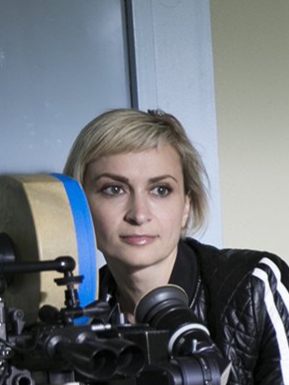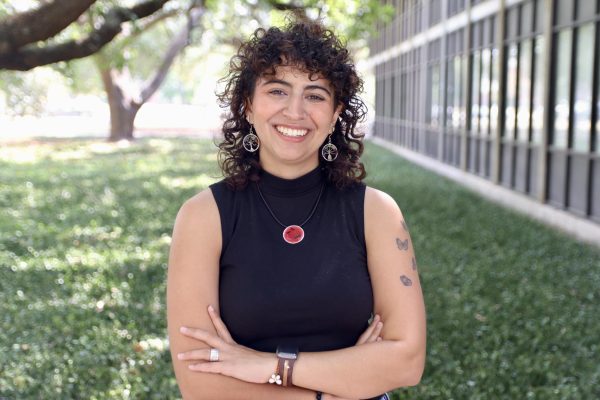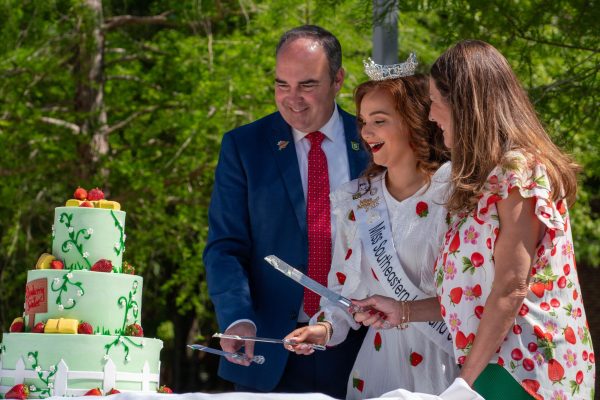The Alec Baldwin misfire: A reason for reiteration of weapon safety on set

Wikimedia Commons
Halyna Hutchins, the cinematographer of the Western film “Rust,” was fatally shot by actor Alec Baldwin in an on-set prop weapon incident.
On Oct. 21, on set for the Western film “Rust,” Alec Baldwin fatally shot the film’s cinematographer Halyna Hutchins and wounded the director Joel Souza.
This tragic occurrence is still under investigation to determine why the gun was loaded with live bullets rather than blanks. Blanks are a type of firearm cartridge that generates the same muzzle flash and explosive sound as a typical firearm, except without a projectile.
According to more recent sources, Fox News and The New York Times write that alleged unsafe conditions and a low budget may have been contributing factors to this fatal mistake.
While the authorities are trying to answer the public’s questions, the world of film and theatre is reminded of the rules and regulations surrounding weapon safety during production.
Senior biology major and actress Amy Schneida expressed her shock when hearing about the event.
“I was horrified, honestly. It blows my mind that he could have been handed a live weapon in the first place. Usually, something like that goes through two to three people just to be sure nothing’s loaded or it’s a blank,” Schneida said.
Senior English major and actress Ally Holloway, who is starring in the Columbia Theatre’s show “The House on Haunted Hill,” detailed the many rules that were laid down for the actors regarding weapon safety on set. She and the other actors were taught how to properly handle their guns with an introductory lesson on the use of firearms as well as how to hand them off to crew members.
“At every rehearsal and performance, we are made aware of which guns are ‘hot,’ also known as loaded, and we know exactly how many rounds are in the chamber. After we exit the space after firing the gun, Ben is offstage ready for us to hand it off to him, and it is always communicated whether or not a gun is ‘hot’ or ‘cold,’” Holloway said.
Both Holloway and Schneida have worked with local fighting director and associate director of operations and production at the Columbia Theatre, Benjamin Norman.
Norman taught stage combat at Southeastern when the course was offered, along with the university’s theater fight club that was offered for a time. He has had experience with different types of prop weapons, including firearms.
Similar to Schneida’s reaction, Norman was also stunned by the “Rust” occurrence.
“I was personally shocked, especially since the usage of weapons or guns on stage and on-screen has become so much more regulated and choreographed. We have policies and procedures to follow that are well-documented and well-known among our professional armorers, fight directors and stunt choreographers. So, the fact that this happened was pretty shocking,” Norman said.
Norman noted how some sources made him less aghast and more disappointed due to reports coming out about crew members not getting enough sleep and other safety issues that could have led up to such a mistake occurring.
Norman has been the fight director and gun wrangler for “The House on Haunted Hill,” in which there are eight live gunshots on stage over the course of two hours. The incident on the “Rust” set took place right before the Columbia production’s technical week, leading Norman to make some precautionary decisions when it came to the firearms in the show.
Norman explained, “I had planned on not using live fire during what we call que to que. But the minute that happened, I ordered more rounds of blank firing ammunition so that the performers could rehearse with live fire. I initially was not planning on using them over the weekend for our run-throughs, but after the “Rust” incident, I discussed it with Jim Winter, the director, and asked him if we could do this so that all of our actors could feel more comfortable. He agreed and we started rehearsing with live fire that Saturday.”
Schneida added, “Always treat every prop weapon you touch like it’s a real weapon. This way, even if a gun misfires or a prop sword is dropped, no one will be at risk of injury. Even though they’re props, they’re still very dangerous if the actor isn’t trained properly.”
Norman’s advice to productions dealing with weaponry is to always hire a professional and, concerning this investigation, reserve your judgment until the investigation is complete.
Your donation will support The Lion's Roar student journalists at Southeastern Louisiana University.
In addition, your contribution will allow us to cover our annual website hosting costs.
No gift is too small.

Chloe Williams is an English major with a concentration in creative writing and minors in communication and theater. She hopes to become a newspaper...








Lawrence • Nov 19, 2021 at 9:05 am
I was glad to see this quote “Always treat every prop weapon you touch like it’s a real weapon.” IMO… it’s a shame that real guns of any sort are used in theater/cinematography, they should all be cap guns and unable to load real live rounds. I’m not expecting realism for guns when I watch a play or movie, it’s entertainment and the safety of the participants should outweigh all else. Always treat a gun as though it is loaded and ready to shoot when the trigger is pulled.